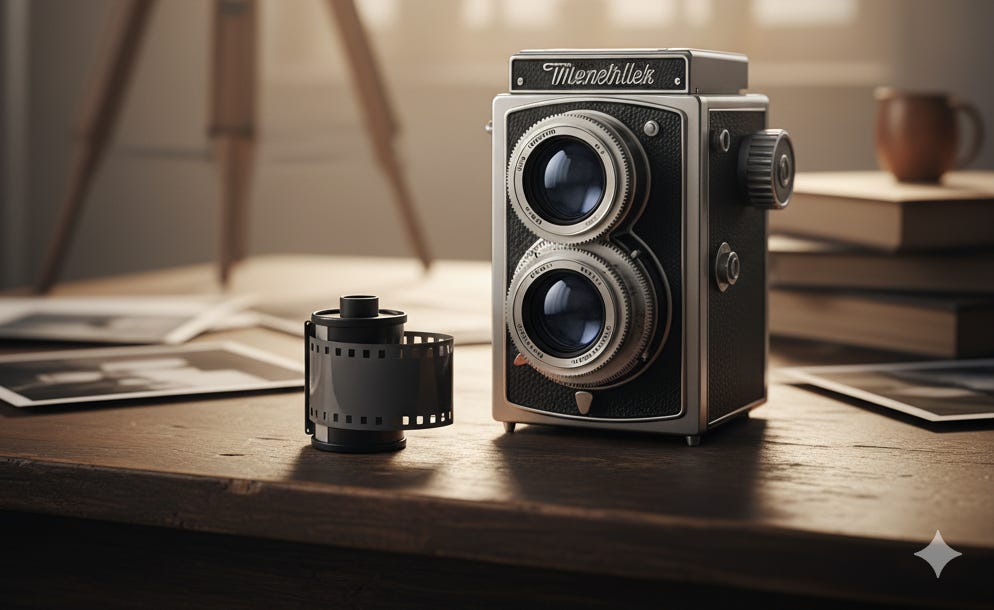It’s Easy to Build a Chatbot. It’s Hard to Build One That Matters.
Tooling has made building a chatbot pretty simple. But the real challenge comes in creating something that is actually useful.
I finally decided to build a chatbot. And to my surprise, it was easy – shockingly easy.
But that was only the start. The hard part came afterwards: figuring out why anyone should care.
This is the split I keep coming back to in AI today: the divide between tool and art.
On the tool side, it’s about the technical. What can the models do? How well? How fast? How cheap?
Because the tooling is now so advanced, spinning up a chatbot isn’t some heroic technical feat. An API from OpenRouter connects me to hundreds of models. Claude Code and OpenAI Codex handle the build. Hosting runs on Railway, with a quick Postgres and ChromaDB setup (ok, Chroma a little less quick but still…). Done.
To be clear: none of this would be “easy” without incredible advances in the models themselves. But because that scaffolding is in place, making a chatbot isn’t the challenge anymore.
The challenge is the art.
Once you’ve got a chatbot, the next questions arrive fast: Why this bot? What makes it worth someone’s time, when ChatGPT or Claude are a click away?
This is where the whole AI world lives right now. You can go deep on physics and compute, building the tools. Or you can go deep on psychology and design, creating the expressions.
It’s the same shift photography triggered in art. At first, simply pressing a button to capture an image was astonishing. But the camera’s real power came later – when artists asked what stories could be told through framing, light, and timing. The technology enabled the picture. The art was deciding what picture to take.
That’s the practical answer to the big, hand‑wringing question people always ask: What happens when AI can do everything?
The answer is: we still choose. We choose what matters. What’s useful. What delights. What’s different. What’s worth making next.
So yes, I built a chatbot. You probably can, too. That’s not the hard part anymore.
The hard part – the part that will separate the dull from the extraordinary – is this: What will you build into it, and why will it matter?


